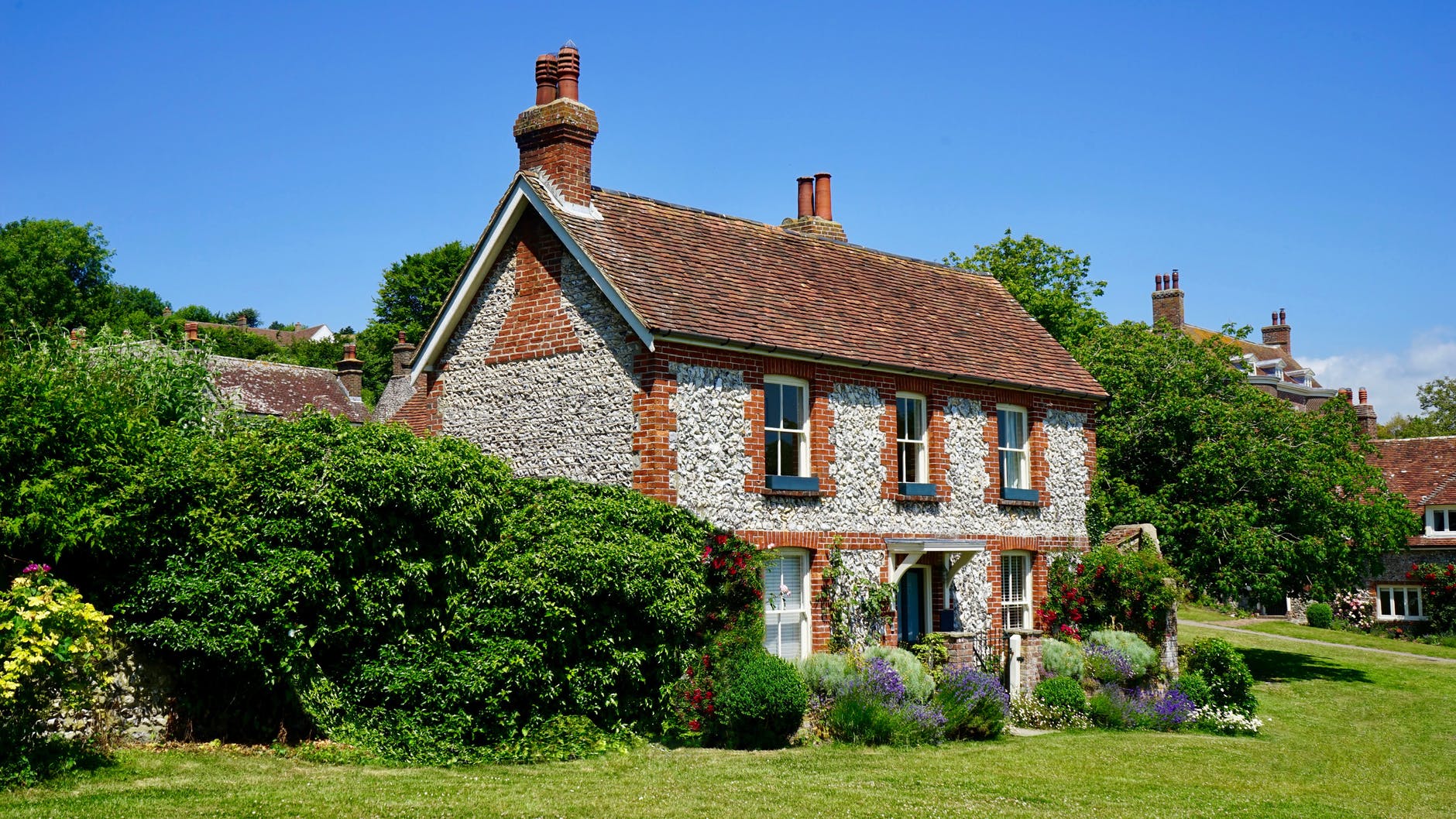
No matter how old your home is, you need to maintain it properly and make sure everything is in order. That’s easier to do with new homes, of course, but not everyone is lucky enough to live in such a home. If your home was built a few decades ago, chances are it’s full of materials that aren’t good for you. In order to check everything out, you need to look into environmental testing ideas.
Mould and lead
These are two of the most serious issues you could be facing if you live in an old home, and the problem is that you may not even know they’re there. Mould is, for example, quite hard to detect, no matter how skilful and observant you are. It can be hidden deep inside your walls, carpets, or paint, waiting there to harm your health. Attacking your respiratory organs and causing asthma and allergies, mould can turn into quite a big problem, so solving it at once is a must.
Back in the day, everyone used lead-based paint, unaware how serious that could be. But, in the 1970s, people realized that lead triggers certain negative reactions and, as a result, banned it. However, older homes are still full of lead – from pipes and faucets to interior and exterior paint – and it’s probably absorbed into your soil as well. That’s why you need to remove lead from your home and your life as soon as possible.
Asbestos
This is another massive issue caused by people who used this material everywhere they could. Our roofs, attics, walls, floors, ceilings, pipes, and even heat lines were full of asbestos, and we thought that this actually protected us. But, in the 1980s, we realized how wrong we were.
The problem with asbestos is that its prone to breaking down into tiny particles that can hurt us in more ways than one, affecting our breathing and trigger our allergies. Therefore, find a way to remove asbestos from your home in a professional and effective way, and don’t forget to pay attention to it next time you’re buying a house.
Comprehensive solutions
If you’re unable to remove mould, lead, and asbestos from your home and your immediate environment on your own, you need to look for professional solutions. Environmental remediation is one of these solutions, and it’s an amazing way to make your living space safer than ever.
Environmental remediation basically cleans your soil and makes your construction site completely free of any dangerous materials. Removing these contaminants is far from easy, but if you opt for environmental remediation services, it can be done quite quickly and efficiently. From contaminated soil to toxic water, all of these things will be removed from your immediate environment, making your life much healthier.
Other potential dangers and reactions
In addition to three aforementioned issues, there are other dangerous materials you need to be aware of. Radon, for instance, may not seem like a huge deal but can lead to numerous unwanted scenarios. This is a radioactive gas that has been connected to lung cancer and other serious illnesses. Older houses are full of this gas, so start protecting your family immediately.
Another way to avoid these problems is by inspecting it, on your own or with help from a professional, before purchasing. Every corner of your future home needs to be checked, and if you notice anything suspicious, don’t be afraid to negotiate the price.
Protecting your family against these dangerous substances can be a challenge, but you still have to do it. So, inspect your home from time to time, and react as soon as you notice something’s wrong.
Written by Lillian Connors
About the Author
Lillian Connors can’t resist the urge to embark on a myriad of green living/home improvement projects and spread the word about them. She cherishes the notion that sustainable housing and gardening will not only make us far less dependent on others regarding the dwellings we inhabit, but also contribute to our planet being a better place to live on. You can check her out on Twitter and LinkedIn.
You may also like
13 Science-Backed Ways to Prevent Air Pollution in Your Home
5 Ways to Make Your Home More Energy-Efficient
The Anatomy of a Green Home [Infographic]
